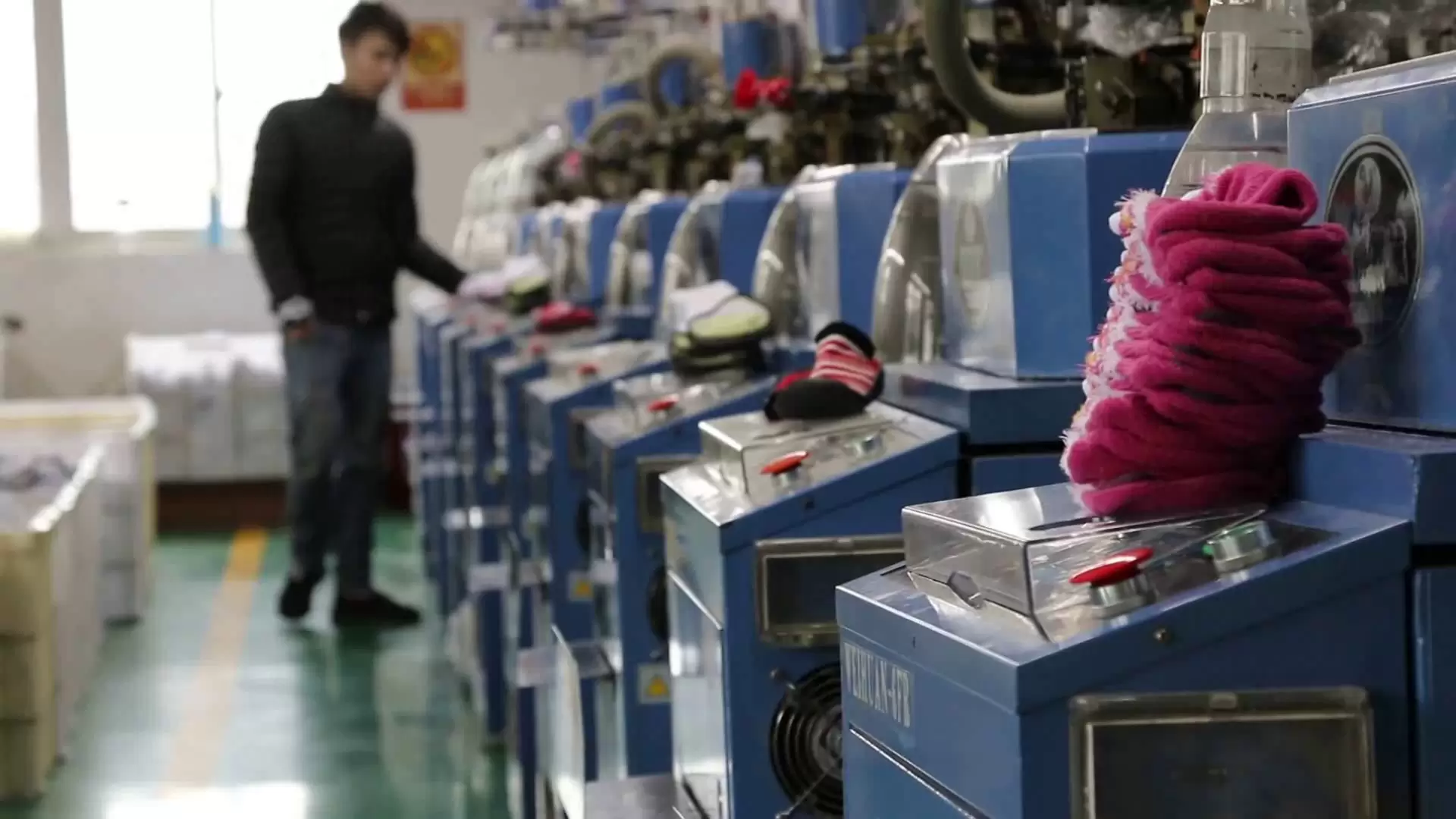Table of Contents
A socks factory is an industrial facility that manufactures cotton socks. There are many sock factories around the world.
Socks factories produce all kinds of different types of socks. These include sports, casual, dress, cotton, functional socks, and more.
Quality Control
The quality control process is an important part of socks manufacturing. It is a way to ensure that the socks produced by the factory are high-quality and meet all customer requirements.
The first step in the process is to select good materials and produce a product that exceeds customer expectations. This is achieved by selecting a variety of natural fibers, such as cotton, wool, silk and linen, as well as regenerated fibers, such as Tencel and modal.
Then, a pair of socks is created by winding threads into a long cylindrical shape and then knitting them together. This is a complex step that requires the skill of professional operators to ensure quality production.
Knitting Machines
A socks factory uses a variety of knitting machines to produce their products. These include flat and circular machines.
A flat machine is a great choice for making items that don’t require seams such as beanies and blankets. They also are good for knitting intricate patterns and designs.
Some are available with a colour changer, allowing yarns in the feeder to be changed more easily than on a conventional machine.
Some are a bit more advanced and include extra metallic elements such as holding hooks above the needles for both front and back beds. These hooks hold loops that can be knitted into stitches on the main bed and also help with ribbing.
Embroidery
Embroidery is a form of printing that is used to add decorative designs to fabric or garments. It can be done by hand or with machines.
At a socks factory, logos are embroidered onto the socks using computer software. This can be a way to increase the brand’s appeal or to make the sock more personalized.
When it comes to custom embroidered socks, the brand must choose the right materials. They may use acrylic, which is a synthetic fiber that mimics the feel of wool, but does not wick away moisture like cotton or silk.
If the brand is looking to save money on sock production, they can also consider using a blend of natural fibers with acrylic for the same look and feel. This can help the brand cut costs on their sock production while still providing an attractive product for customers.
Boarding
Once socks have been knitted, they must go through a number of manufacturing steps before being sent to the stores. This includes clipping loose strands of yarn, labeling, pressing, and pairing left and right socks together for packaging.
Boarding socks is a necessary step in this process as it ensures that the socks are properly shaped before they can be passed on to the next stage of the manufacturing line. The boarding process also provides the opportunity for the socks to be heated and steamed, which makes them soft and smooth.
Currently, the process of boarding socks is manual and requires the presence of an operator. This can be a costly operation as it requires both a pick-and-place station and a loader that can only fit one sock at a time.
Packaging
Custom Sock packaging is a special type of packaging that is designed specifically for socks. The materials that are used in this type of packaging are sturdy and durable, and can protect your socks during shipping and handling.
Socks are an essential part of everyday life for millions of people around the world. They help to show off personality, soften feet, keep warm, prevent disease and manage moisture.
Creating eye-catching custom socks packaging is one way to boost brand value and increase sales. These boxes are printed with creative designs and artistic logos that are sure to grab customers’ attention.
Custom sock packaging can be made from various materials, including cardboard. Cardboard is a lightweight, yet durable material that can protect your socks during transport.

